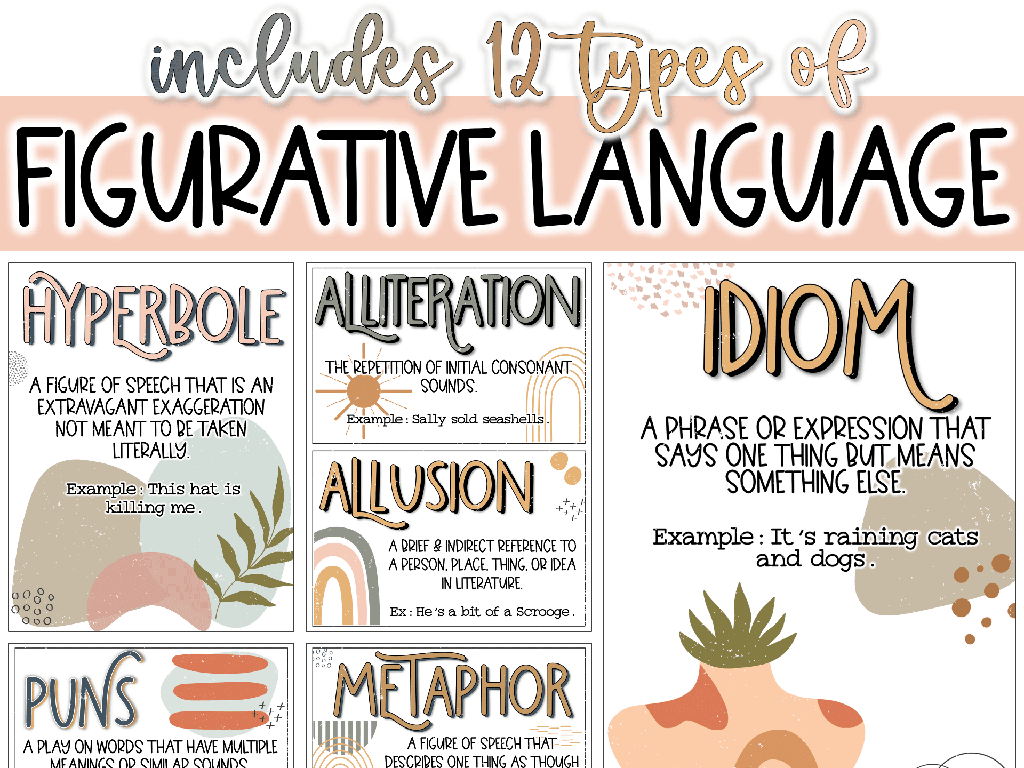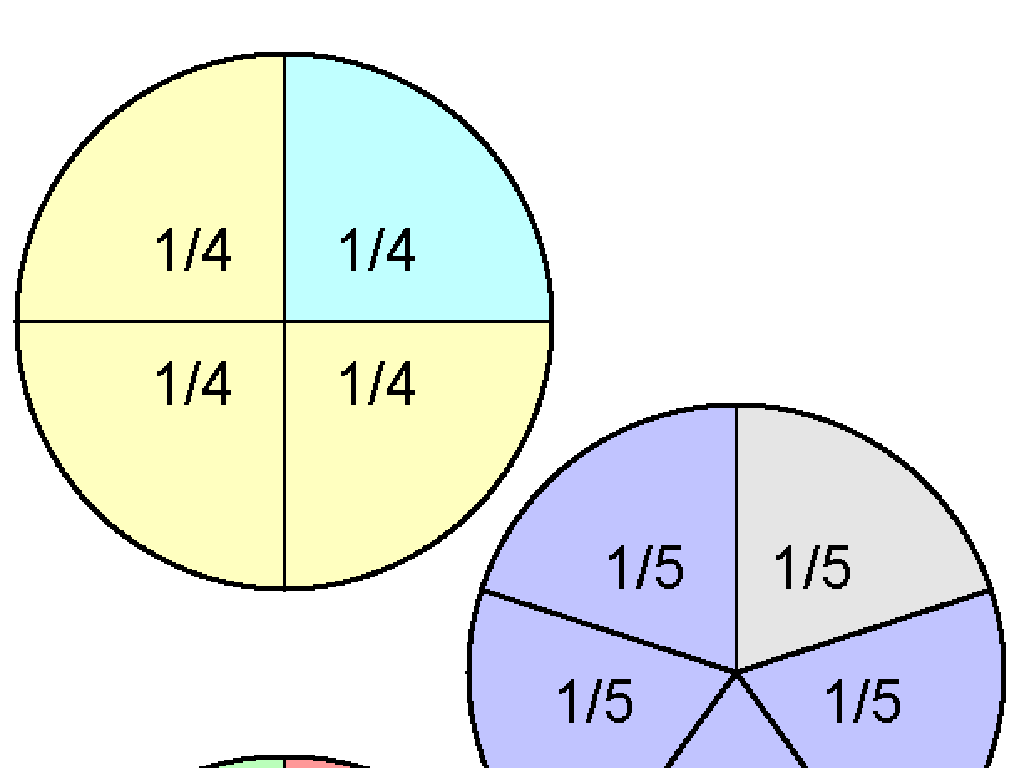Identify And Sort Solids, Liquids, And Gases
Subject: Science
Grade: Fourth grade
Topic: States Of Matter
Please LOG IN to download the presentation. Access is available to registered users only.
View More Content
Exploring States of Matter: Solids, Liquids, and Gases
– Matter is everywhere!
– Solids: Fixed shape and volume
– Examples: Ice, rocks, and chairs
– Liquids: Fixed volume, no fixed shape
– Examples: Water, milk, and oil
– Gases: No fixed volume or shape
– Examples: Air, helium, and steam
|
This slide introduces the concept of states of matter to fourth-grade students. Begin by explaining that matter is anything that takes up space and can be found everywhere around us. Discuss the characteristics of solids, highlighting their fixed shape and volume with examples like ice and chairs. Move on to liquids, noting that they have a fixed volume but take the shape of their container, with examples such as water and milk. Finally, explain gases, which don’t have a fixed shape or volume, using air and steam as examples. Encourage students to think of other examples and to observe the states of matter in their daily lives.
Exploring States of Matter
– Matter: Everything is made of it
– Matter is what makes up all things around us.
– Matter comes in various forms
– Solids, liquids, and gases are forms of matter.
– Daily interaction with matter
– We see, touch, and use different forms of matter every day.
– Observing matter in daily life
|
This slide introduces the concept of matter and its omnipresence in our daily lives. Begin by explaining that matter is anything that has mass and takes up space, which includes everything around us. Highlight that matter can exist in different states, primarily solids, liquids, and gases, and provide examples of each that students encounter every day, such as rocks (solid), water (liquid), and air (gas). Encourage students to think about how they interact with various forms of matter from the moment they wake up until they go to bed. This will set the foundation for understanding the properties and classification of matter in subsequent lessons.
Characteristics of Solids
– Definite shape and volume
– Particles packed closely
– Particles don’t move freely; they vibrate in place
– Solids in our classroom
– Look at rocks, desks, and other solid objects
– Exploring ice as a solid
– Ice keeps its shape until it melts
|
This slide introduces the characteristics of solids to fourth-grade students. Emphasize that solids have a specific shape and volume that do not change unless the solid is physically altered. Explain that the particles in a solid are tightly packed, which is why they hold their shape and are not easily compressible. Use familiar examples from the classroom, like rocks and desks, to illustrate these concepts. Additionally, use ice as an example to show that while it has a definite shape and volume as a solid, it can change state when heated. Encourage students to think of other solids and how their particles might be arranged. This will help them understand the concept of a solid at a molecular level.
Characteristics of Liquids
– Liquids flow to fit containers
– They adapt to the shape of their container but don’t change in volume.
– Definite volume, no fixed shape
– Unlike solids, liquids don’t hold their own shape and unlike gases, their volume stays the same.
– Examples: Water, Juice, Milk
– Common liquids we see every day in our lives.
|
This slide aims to help students understand the properties of liquids. Liquids are unique because they will change shape to fit their container, but the amount of liquid (volume) remains constant. Use everyday examples like water, juice, and milk to illustrate these properties. A possible class activity could involve students pouring water into different shaped containers to observe how the water’s shape changes while the amount (volume) remains the same. Encourage students to think of other examples of liquids and how they behave in various containers.
Characteristics of Gases
– Gases lack definite shape
– They take the shape of their container
– Gases expand to fill space
– They will spread out in all directions
– Common examples of gases
– Air we breathe, helium in balloons, steam from boiling water
|
This slide aims to help students understand the properties of gases compared to solids and liquids. Gases are different because they don’t have a fixed shape or volume; they change to fill the shape of whatever container they’re in. An example to illustrate this is a balloon: no matter the shape of the balloon, the gas inside (like helium) will fill it up completely. Discuss how gases like air and steam are part of our everyday lives, and how their behavior is different from solids and liquids. Encourage students to think of other examples of gases and how they behave in different containers.
Let’s Sort Matter!
– Matter can be sorted by state
– Characteristics define states
– Solids hold shape, liquids flow, gases fill their container
– Activity: Sort everyday items
– Find items at home or school and decide if they’re solid, liquid, or gas
– Discuss findings with class
– Share what you sorted and why you think it belongs in that state
|
This slide introduces the concept of sorting matter into solids, liquids, and gases. The activity encourages students to observe and interact with their environment to classify objects based on the state of matter. Provide examples of characteristics for each state: solids have a fixed shape and volume, liquids have a fixed volume but take the shape of their container, and gases fill the entire space of their container. For the activity, students can use items from their classroom or home, such as pencils (solid), water (liquid), and air (gas). After the activity, facilitate a discussion where students share their findings and reasoning. This will help reinforce their understanding of the properties of each state of matter.
Changing States of Matter
– Matter changes states
– Heat and cold as triggers
– Heat makes particles move faster, cold slows them down
– Melting ice to water
– Ice melts into liquid when it’s warm
– Boiling water to steam
– Water turns to steam when heated to boiling point
|
This slide introduces the concept that matter can change from one state to another through the application of heat or cold. Emphasize that the particles in a solid, liquid, or gas move differently at different temperatures, which can cause these state changes. Use everyday examples like melting ice, boiling water, and condensing steam to illustrate these concepts. Encourage students to think of other examples where they have observed a change in state. Discuss how heating up ice causes it to melt into water, and further heating causes water to boil and turn into steam. Conversely, when steam cools down, it condenses back into water. This will help students understand the reversible process of state changes in matter.
Class Activity: Matter Scavenger Hunt
– Explore and find matter states
– Work together in small groups
– List examples of solids, liquids, gases
– Solids: desk, book; Liquids: water, milk; Gases: air, breath
– Share discoveries with the class
|
This interactive class activity is designed to help students apply their knowledge of the states of matter by identifying examples in their immediate environment. Divide the class into small groups and assign each group to find and list items that are solid, liquid, and gas. Provide them with a worksheet to record their findings. Encourage them to think creatively and look beyond the obvious – for instance, recognizing that the air we breathe is a gas. After the scavenger hunt, each group will present their list to the class, fostering a discussion about the different states of matter. Possible variations of the activity could include finding the coldest or warmest item in the room, or categorizing items by their state changes (e.g., water to ice).
Wrapping Up: States of Matter
– Recap: Solids, Liquids, Gases
– Solids have fixed shape; liquids flow; gases fill their container
– Importance of Matter Knowledge
– Understanding matter helps us predict behavior in different situations
– Looking Ahead: The Water Cycle
– Water cycle demonstrates matter changing states
– Class Participation
|
This slide aims to summarize the key points from our lesson on states of matter. Start by reviewing the main characteristics of solids, liquids, and gases, emphasizing their shapes, volumes, and how they fill containers. Highlight the importance of understanding these concepts as they apply to everyday life and scientific exploration. Prepare the students for the next class by briefly introducing the water cycle, which will illustrate how water changes states from solid to liquid to gas. Engage the class by asking them to share what they know about the water cycle and how it relates to states of matter. This will help reinforce their learning and build anticipation for the next lesson.






